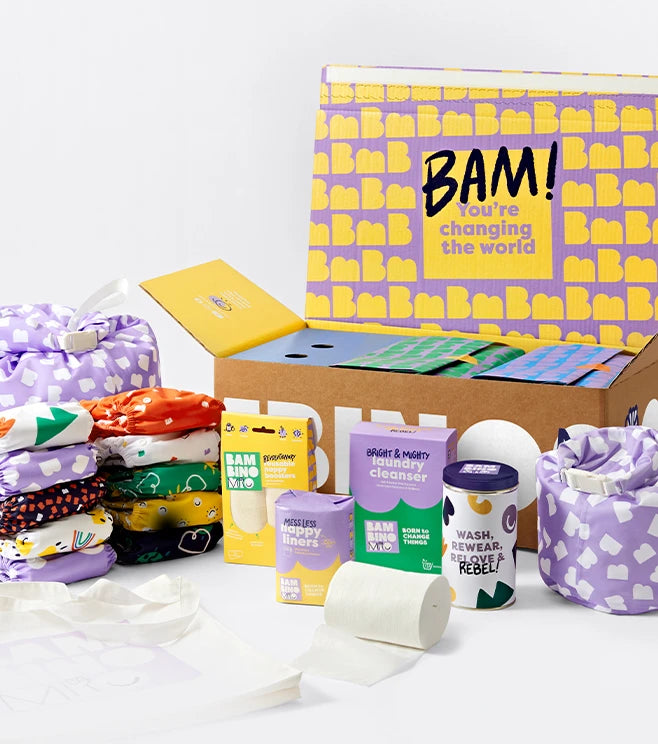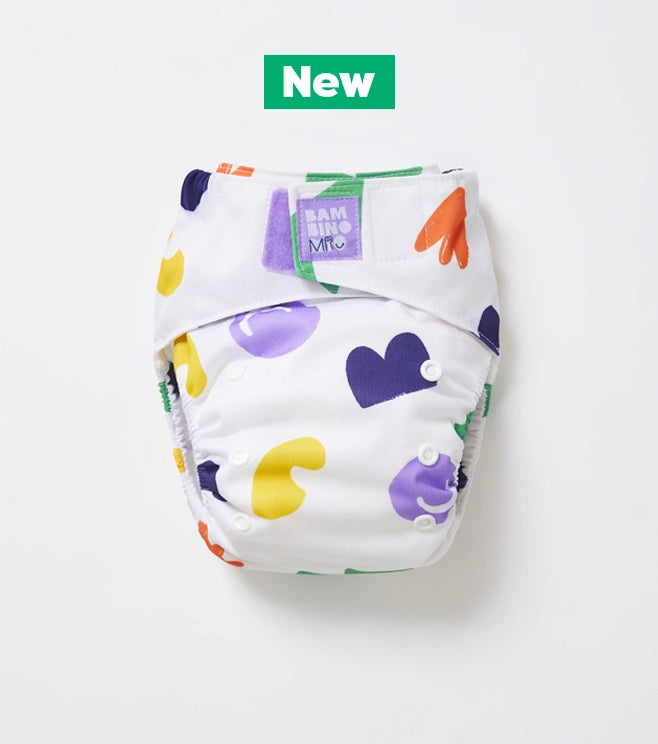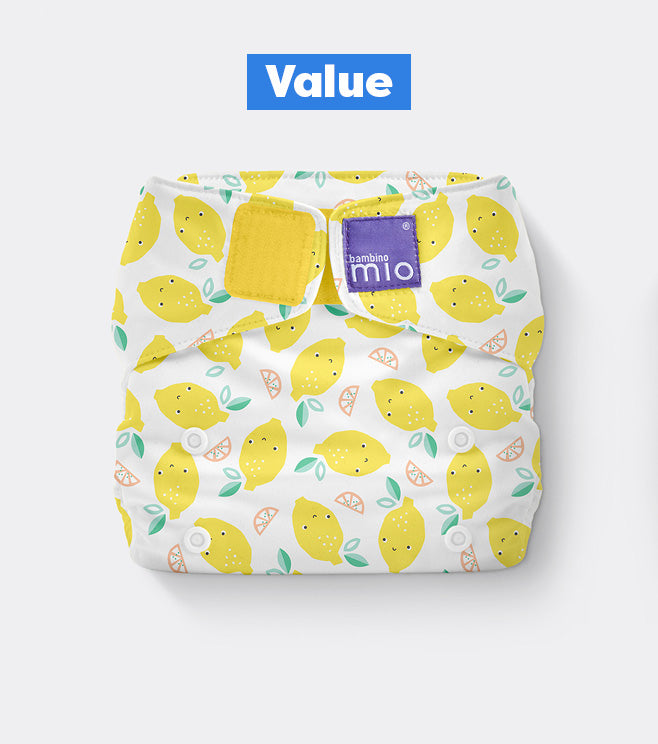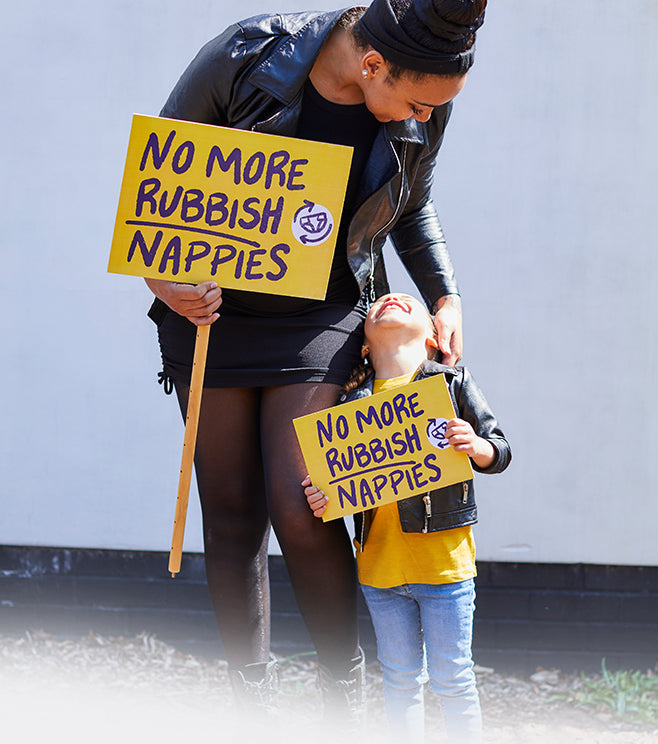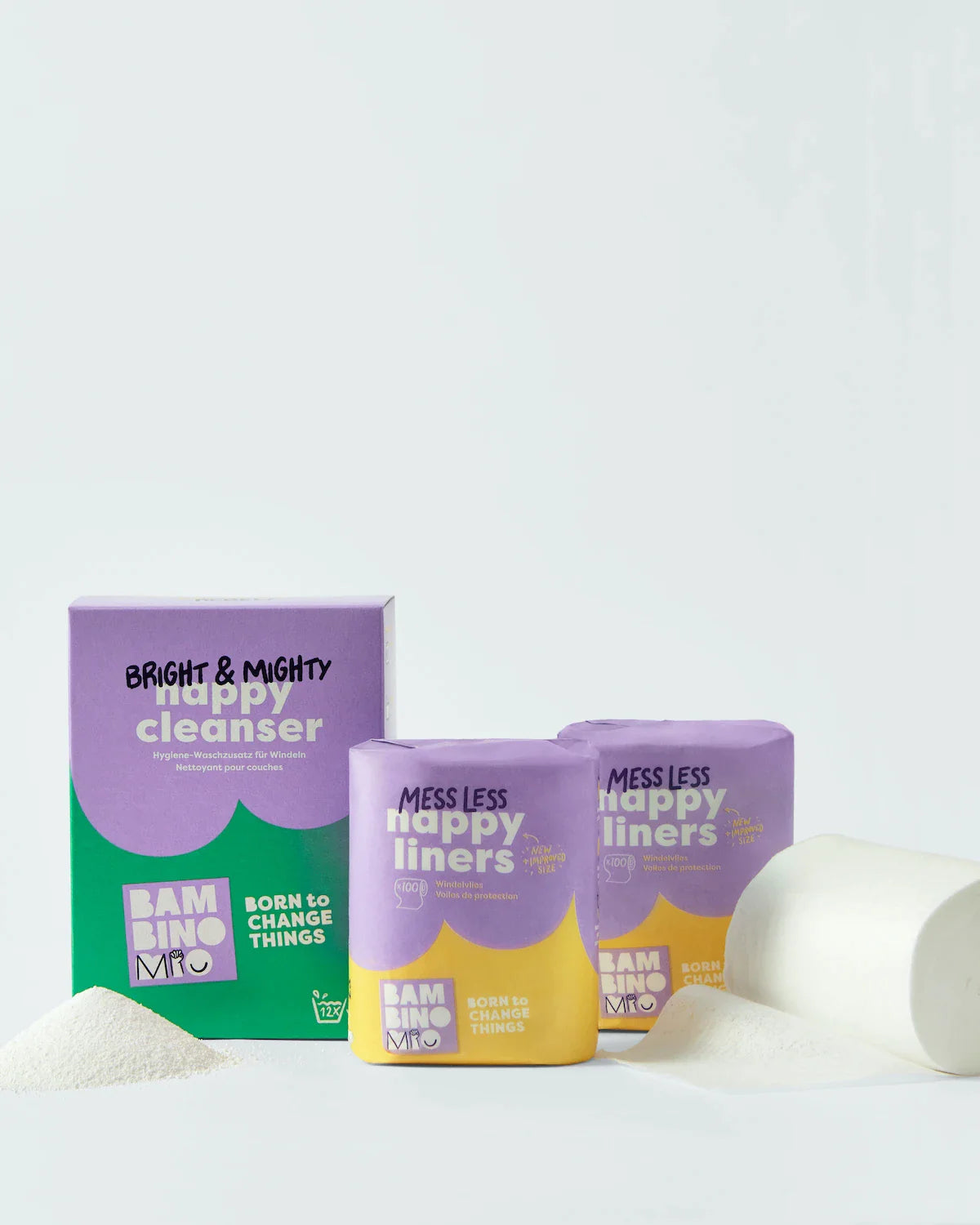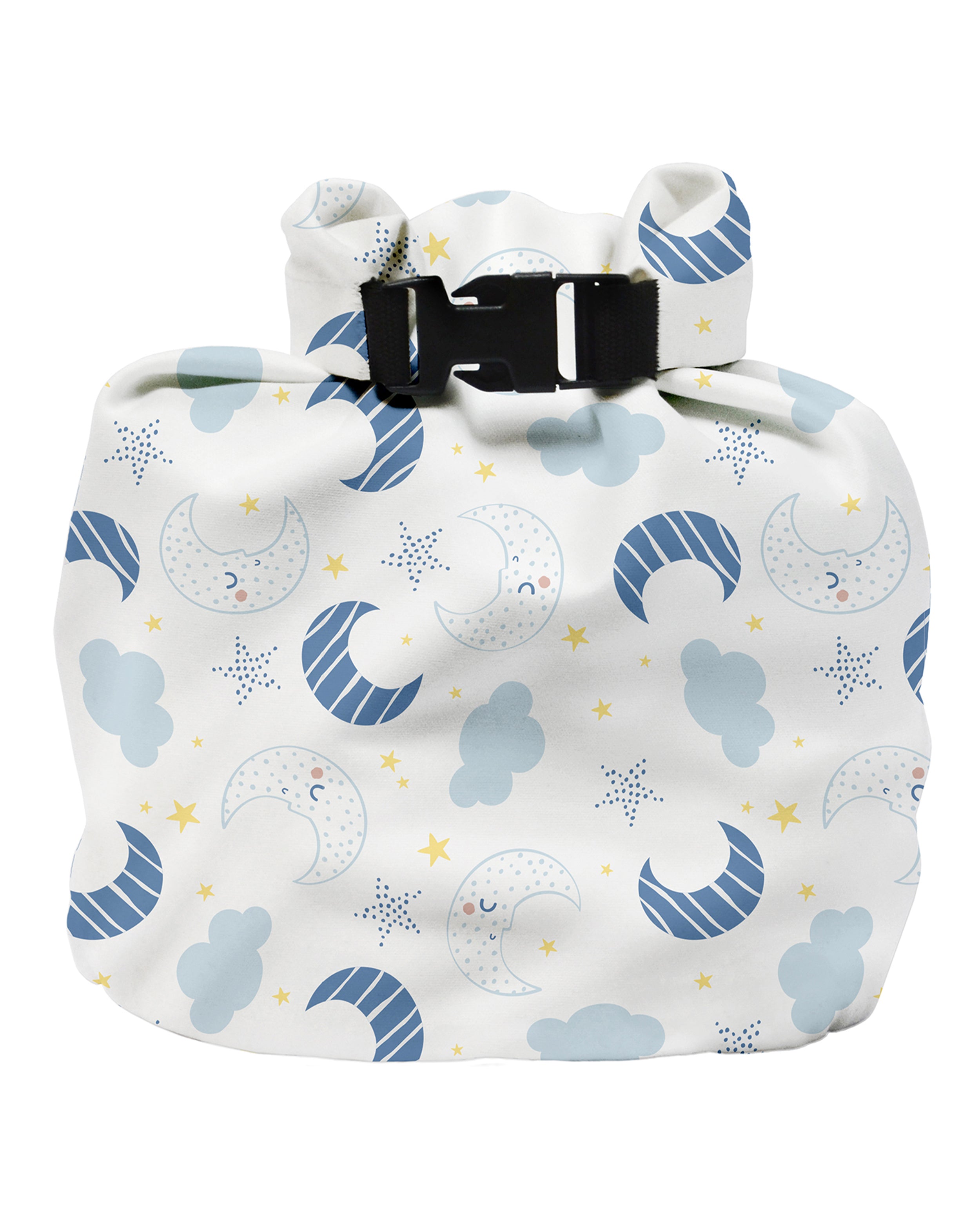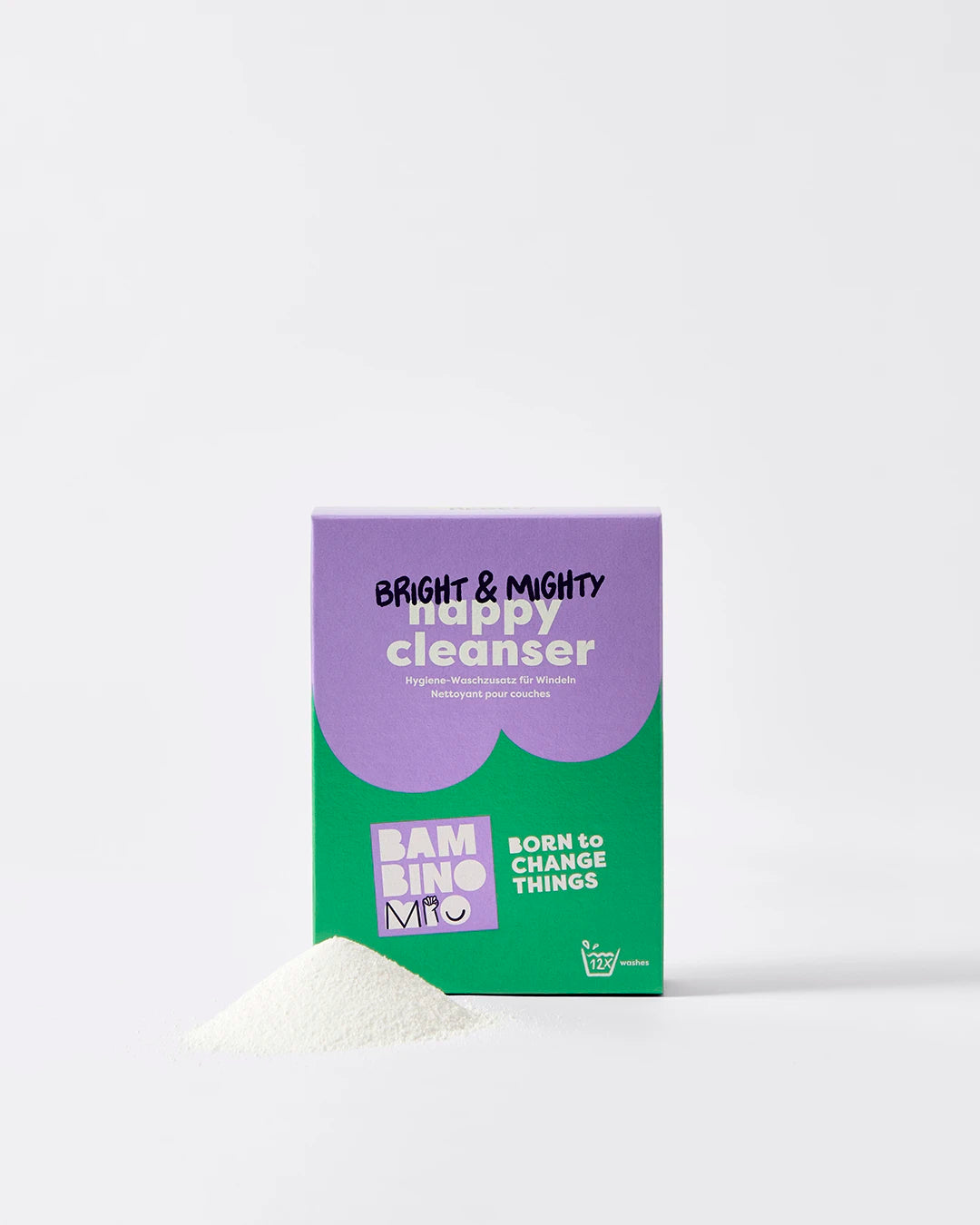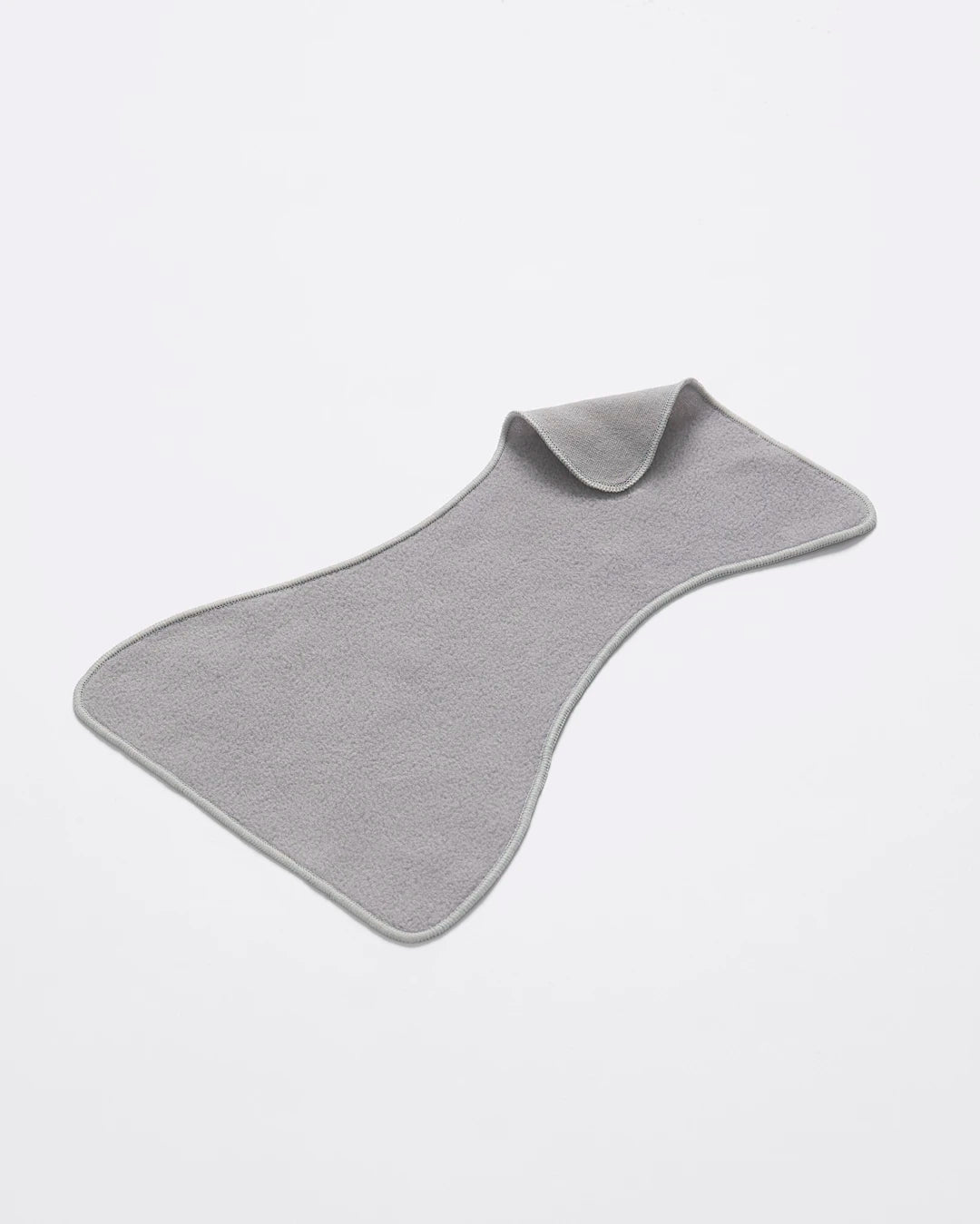Umbilical Cord | Glossary of Pregnancy & Baby Term
Share Options
- Bambino Mio
- 31 / 07 / 2023
Inside this Article:
What is the umbilical cord?
The umbilicalis, also known as the umbilical cord (1), is the narrow cord composed of tissue and blood vessels, which connects a growing embryo or foetus with the placenta (2). The placenta is the organ which develops during pregnancy and which provides essential nutrients and oxygen to your baby while removing waste products.
How big is the umbilical cord?
In humans, the umbilical cord starts to develop at around week four or week five and by the time your baby is born it’ll measure between 50cm (20in) and 60cm (24in) in length (3) and 1.3cm (0.5in) in diameter. The cord comprises two umbilical arteries and one umbilical vein, through which your baby’s heart pumps blood to and from the placenta. This constant movement of blood removes deoxygenated blood and waste products (4) from your baby’s system and brings in oxygenated blood and nutrients to them from your own circulatory system.
The umbilical vein carries oxygenated blood from your body to your baby via the placenta while the umbilical arteries carry waste and deoxygenated blood from your baby to the placenta for your body to process them.
What happens to the umbilical cord after my baby’s born?
After your baby’s born, your midwife, doctor or birth partner will clamp the cord and cut it. Your baby will be left with a short stump which is attached to their abdomen and this stump withers away over the next week or so before falling off (5).
Once it’s fallen off, you’ll notice the circular pit or depression in your baby’s abdomen otherwise known as the navel or belly button.
I’ve heard it’s better to wait for a few minutes to clamp and cut the umbilical cord, is this true?
Waiting to clamp and cut the umbilical cord, known as deferred or delayed cord clamping, allows more blood to enter your baby’s bloodstream from the placenta.
This extra blood helps to boost your baby’s iron stores (6) in the first few months of their life, which is helpful for their development. It also reduces the risk of low blood pressure in the first minutes and hours of their life.
Citations and References
- National Institutes of Health (NIH). National Library of Medicine. ‘Embryology, Umbilical Cord.’ 2021. Web. www.ncbi.nlm.nih.gov/books/NBK557490
- National Institutes of Health (NIH). National Library of Medicine. ‘The Placenta: a Multifaceted, Transient Organ.’ 2014. Web. www.ncbi.nlm.nih.gov/pmc/articles/PMC4305167
- National Institutes of Health (NIH). National Library of Medicine. PubMed. ‘The Umbilical Cord: Normal Parameters.’ 1991. Web. pubmed.ncbi.nlm.nih.gov/1941874
- Cleveland Clinic. ‘Body Systems and Organs. Placenta.’ 2022. Web. my.clevelandclinic.org/health/body/22337-placenta
- National Health Service (NHS). ‘Care of the Umbilical Cord.’ 2023. Web. www.mkuh.nhs.uk/patient-information-leaflet/care-of-the-umbilical-cord
- Centers for Disease Control and Prevention (CDC). ‘Do Infants Get Enough Iron from Breastmilk.’ 2023. Web. www.cdc.gov/breastfeeding/breastfeeding-special-circumstances/diet-and-micronutrients/iron
- National Health Service (NHS). ‘Deferred Cord Clamping.’ 2021. Web. www.uhs.nhs.uk/Media/UHS-website-2019/Patientinformation/Pregnancyandbirth/Deferred-cord-clamping.pdf


